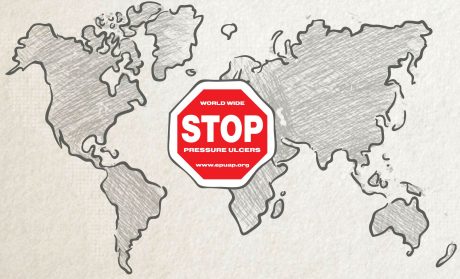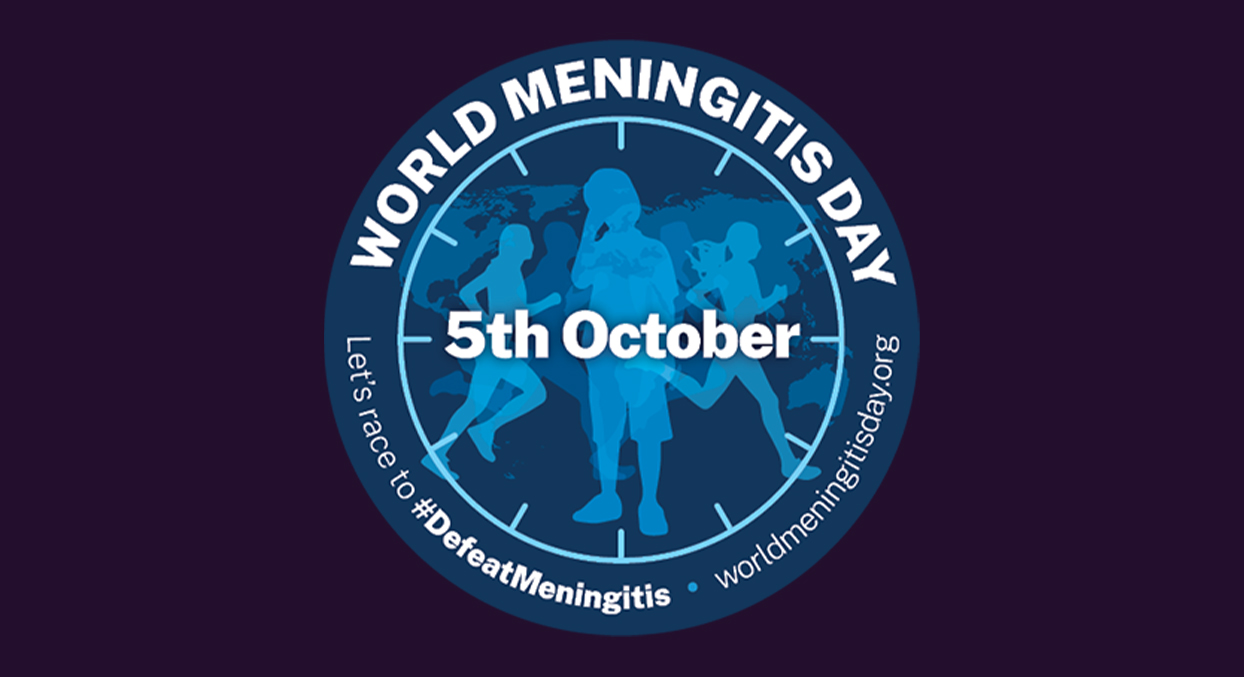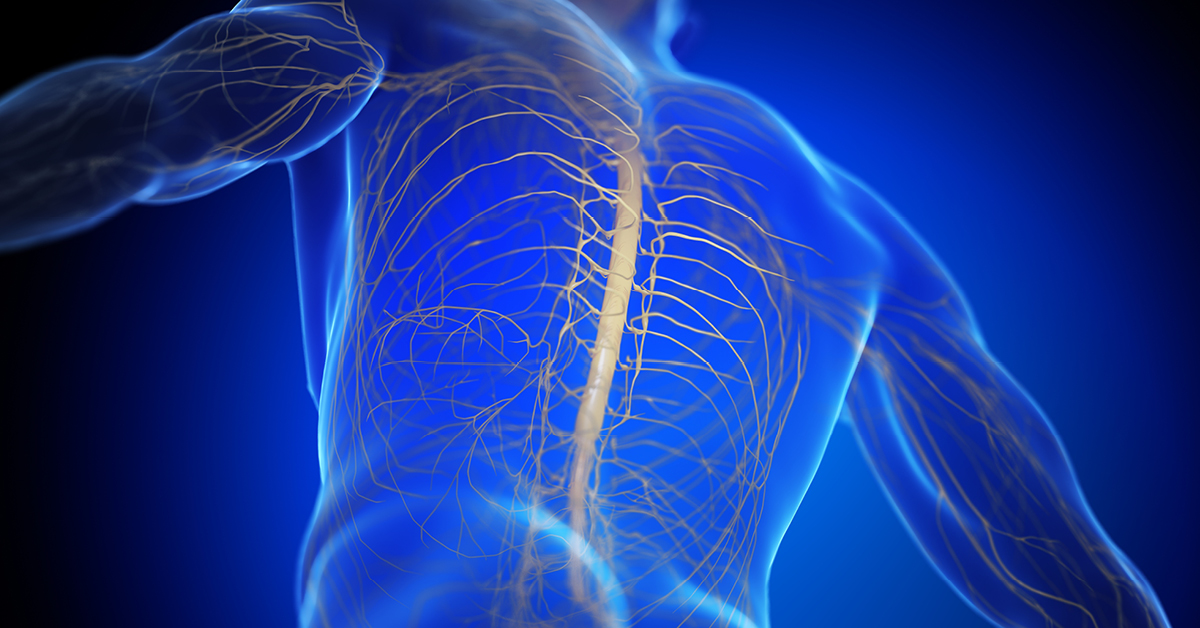Stop the Pressure Day is held annually to raise awareness about the problem of pressure ulcers and to educate the public, professionals and politicians about their prevention and treatment. In this article, associate Emily Goddard examines why Stop the Pressure Day is so important and speaks to tissue viability nurse Cathie Bree-Aslan MSc RGN DipN to learn more about pressure ulcers, how they can be avoided and the best way to treat them.
The National Institute for Health and Care Excellence (NICE) says that over 700,000 people in the UK are affected by pressure ulcers each year. This is despite NHS England acknowledging in 2017 that pressure sores are “an avoidable and costly harm”.
Our injury and Pro Bono departments frequently witness their continued prevalence in hospital and community settings, together with the devastating impact they can have on a person’s recovery and rehabilitation.
We discussed with Cathie Bree-Aslan, a tissue viability nurse, what pressure ulcers are, how they can develop and their consequences for patients.
Cathie has a broad range of experience covering orthopaedics, rehabilitation and elderly care. Her specialities include the prevention and management of pressure injuries. Her roles have included Head of Governance and Quality and Senior Tissue Viability Clinician at the National Wound Healing Centres. She has advised NICE and the Department of Health on pressure ulcer prevention and wound care. She is regularly instructed as an expert witness in clinical negligence and personal injury claims.
Cathie, what are pressure ulcers?
“Pressure ulcers are described by the European Pressure Advisory Panel (“EPUAP”) as ‘an area of localised injury to the skin and/or underlying tissue usually over a bony prominence, as a result of pressure or pressure in combination with shear’.
“Pressure ulcers usually occur when an individual is sitting or lying in one position for long periods, which cuts off the blood supply to the skin. This can be exacerbated by shear forces, which happen when an individual slides down in a bed or chair, for example. This causes tearing in the blood vessels supplying the skin.
“It is important to note that pressure ulcers can also develop as a result of pressure on the skin caused by medical devices, such as catheters, oxygen tubing, plaster casts and braces.
“When the blood supply to the skin is interrupted, the skin will not receive oxygen and will, over time, die, resulting in ulceration to the skin.”
How can they be avoided in a clinical setting?
“The best method of avoiding pressure ulcers is to ensure patients are frequently and consistently encouraged or assisted to reposition so as to alleviate the most vulnerable areas (mostly bony prominences, such as the sacrum, ‘sit’ bones, heels, elbows, ankles, shoulder blades, hips). Patients should also ensure they are positioned safely and in comfortable positions in the bed or chair to prevent them from sliding down and causing shear forces and friction.
“Specialist mattresses and cushions can also be used, but these do not negate the need for regular and consistent repositioning.
“Good nutrition and hydration are also key, together with keeping the skin dry.
“Crucially, carers and nurses need to be aware of the multitude of risk factors and accurately identify the patients most at risk.”
Which patients are more at risk and why?
“Any patient, regardless of age and illness, can be at risk of pressure ulcers. However, those who are elderly and frail or those who are immobile (including spinal injured patients, unconscious patients, and critically ill patients) are most at risk. Poor nutrition, diseases of the nervous system (eg stroke, Parkinson’s disease, Multiple Sclerosis), cardiovascular disease and immunocompromise are also high-risk factors.”
What complications can arise from pressure ulcers?
“When they develop, patients may be required to spend more time in bed to alleviate pressure over the affected area and allow the skin to heal. This can lead to muscle wastage and, over a prolonged period, can lead to immobility.
“As pressure ulcers are open wounds, there is also a significant risk of infection. Where infection is not identified and treated, it can spread. In severe cases, infections can enter the bloodstream, causing septicaemia and sepsis, which are life-threatening conditions. Where infection has developed, amputation may be required to prevent infection spread.”
What are some of the most common failures in pressure area management?
“In the first instance, not recognising risk factors. Nurses should complete a risk assessment for all patients as soon as possible after admission to their care and, based on the findings of the risk assessment, put care in place to mitigate the risks. This could include provision of pressure relieving mattresses and cushions, regular monitoring of the skin and recommendations with regards to repositioning.”
What is your experience of the impact of pressure ulcers?
“Once muscle wastage occurs, it can be extremely difficult to regain muscle strength. Therefore, individuals who were previously able to live a more independent life may find themselves completely dependent on others because they required bedrest to heal an ulcer.
“This is particularly relevant for spinal cord injured (SCI) patients, as many SCI patients are able to live independent lives. However, after developing a pressure ulcer, bedrest for many months will result in an inability to rebuild muscle strength, making them less mobile and more reliant on a full-time carer to assist them. This limits their independence.
“Furthermore, they may no longer be able to alleviate their pressure areas themselves and may require periods of bed rest during the day. They can never be too far away from home as they will need to be back in bed every few hours. This significantly impacts quality of life.
“If pressure ulcers have resulted in a delay in commencing rehabilitation for a spinal cord injury, this can result in much poorer rehabilitation outcomes. For example, an SCI patient who would have been expected to have been able to transfer in/out of the chair independently may only achieve assisted transfers and will need additional care.
“As lower limb pressure ulcers can and too often do result in amputation, some individuals who were otherwise completely independent may find themselves confined to a wheelchair for the remainder of their life having developed a pressure ulcer.
“As a tissue viability nurse, I have seen many, many instances where patients can no longer work and have lost all quality of life and/or become completely dependent on others as a result of a pressure ulcer. Pressure ulcers can render a patient a prisoner in their own home and sometimes confined to bed when once they enjoyed a full and active life.”
What are your recommendations for better management of pressure areas amongst clinicians?
- Complete an accurate risk assessment as soon as possible.
- Act on the findings and recommendations of the risk assessment, “React To Red”.
- Respond proactively to any skin changes by (for example) stepping up equipment or increasing the frequency of repositioning.
- If in doubt, escalate.
“In all circumstances, it is better to avoid a pressure ulcer from developing than to try and heal one. If one does develop, implement the necessary care to aid tissue healing and, if in doubt, ask your local tissue viability nurse for advice.”
Thank you, Cathie.
The debilitating effect of pressure sores
The hospital setting is a perfect environment for pressure ulcers to thrive due to patients frequently spending prolonged periods sitting or lying in one position. If appropriate prevention measures are not in place or utilised, pressure ulcers will arise in individuals who have already sustained some manner of illness and injury.
Our clients frequently point to their pressure ulcers as the most debilitating part of their injury. It is vital that pressure area management is carried out correctly to prevent avoidable but devastating outcomes on independence and quality of life.
Considering the impact on those with spinal cord injury in particular, Karen Biggs of the Spinal Injuries Association had the following to add:
“Pressure ulcers are a frequent and potentially life-threatening complication of spinal cord injury. The impact of a pressure ulcer on an individual and their family cannot be underestimated. It is devasting. It can mean prolonged bed rest, often weeks and months in bed. This causes huge social isolation, impacting on the ability to work and socialise. The individual will undoubtedly have increased care needs and lose the ability to live independently, relying on care agencies, families and friends. For some, having a pressure ulcer can result in osteomyelitis and septicaemia, requiring hospital admissions.
“Education and knowledge is key to preventing the development of pressure ulcers for both the person with spinal cord injury and their families, as well as health care professionals.”
You can find further information regarding our expertise, experience and team on our Clinical Negligence page.
If you require assistance from our team, please contact us.
Subscribe – In order to receive our news straight to your inbox, subscribe here. Our newsletters are sent no more than once a month.






